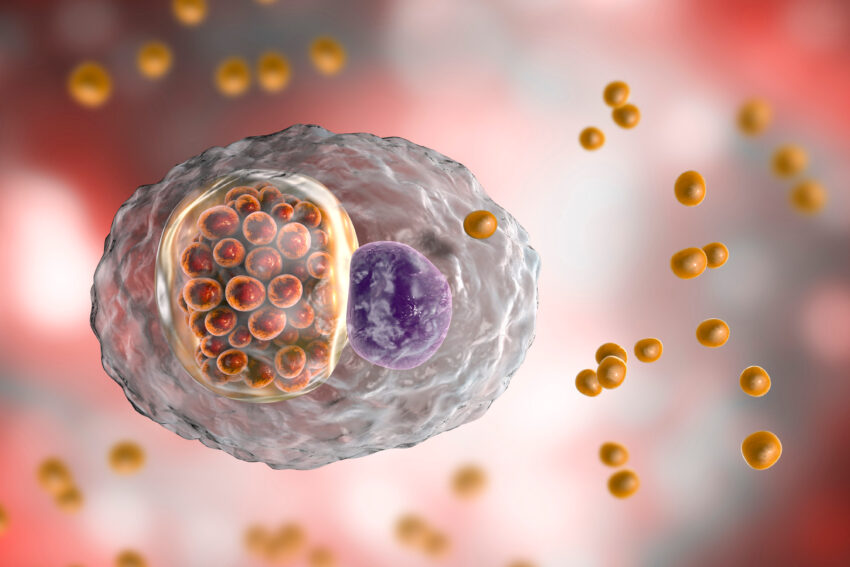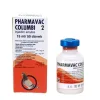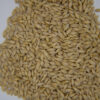
Group Testing (B) Chlamydia PCR in Pigeons
Group Testing (B) Chlamydia PCR in Pigeons: Safeguarding Your Flock’s Health
Racing pigeons are prized for their speed, endurance, and homing abilities. However, their health is paramount to maintain peak performance. One of the silent threats to pigeon health is Chlamydia psittaci, a bacterium responsible for avian chlamydiosis. This disease can compromise respiratory function, reduce breeding success, and even pose zoonotic risks to humans. Early detection and management are crucial, and Group Testing (B) Chlamydia PCR has emerged as a reliable method to monitor and control this infection within pigeon flocks.
Understanding Chlamydia psittaci and Its Impact on Pigeons
Chlamydia psittaci is an intracellular bacterium that infects various bird species, including pigeons. Infected birds may exhibit symptoms such as respiratory distress, lethargy, weight loss, and diarrhea. However, some birds can be asymptomatic carriers, shedding the bacteria intermittently and infecting others without showing signs themselves. This makes detection and control challenging, especially in large flocks.
The Importance of Early Detection
Early identification of Chlamydia psittaci infections is vital for several reasons:
-
Preventing Disease Spread: Asymptomatic carriers can transmit the bacterium to healthy birds, leading to outbreaks.
-
Maintaining Performance: Infections can impair a pigeon’s respiratory system, reducing its racing capabilities.
-
Protecting Human Health: Chlamydia psittaci is zoonotic, meaning it can infect humans, causing psittacosis, a flu-like illness.
What Is Group Testing (B) Chlamydia PCR?
Group Testing (B) Chlamydia PCR is a diagnostic approach that involves collecting samples from multiple birds and testing them collectively for the presence of Chlamydia psittaci DNA using Polymerase Chain Reaction (PCR) technology. This method is cost-effective and efficient, especially for large flocks, allowing for the screening of multiple birds simultaneously.
How Does It Work?
-
Sample Collection: Swabs are taken from the choanal (throat) and cloacal (vent) areas of each bird.
-
Pooling Samples: Samples from a group of birds (commonly 5-10) are combined into a single test sample.
-
PCR Analysis: The pooled sample undergoes PCR testing to detect the DNA of Chlamydia psittaci.
-
Interpreting Results:
-
Negative Result: Indicates that none of the birds in the group are shedding the bacterium at detectable levels.
-
Positive Result: Suggests that at least one bird in the group is shedding Chlamydia psittaci, necessitating individual testing to identify the carrier(s).
-
Advantages of Group Testing (B) Chlamydia PCR
-
Cost-Effective: Reduces the number of tests needed, lowering overall diagnostic costs.
-
Efficient Screening: Allows for rapid assessment of flock health, especially useful during routine health checks or before breeding and racing seasons.
-
Early Detection: Identifies infections before clinical signs appear, enabling timely intervention.
-
Improved Biosecurity: Helps in making informed decisions about quarantine and treatment, preventing widespread outbreaks.
When to Implement Group Testing
Regular health monitoring is essential, but certain situations warrant immediate group testing:
-
Pre-Breeding Season: Ensures that breeding pairs are free from infections that could affect offspring.
-
Pre-Racing Season: Confirms that racing pigeons are in optimal health, maximizing performance.
-
After Introducing New Birds: New additions to the flock should be tested to prevent introducing infections.
-
Following Illness Outbreaks: Helps identify carriers and assess the extent of infection within the flock.
Interpreting Test Results and Next Steps
-
Negative Group Test: Continue routine monitoring and maintain biosecurity measures.
-
Positive Group Test:
-
Step 1: Conduct individual PCR tests on each bird in the positive group to identify infected individuals.
-
Step 2: Isolate and treat infected birds under veterinary guidance, typically with antibiotics like doxycycline.
-
Step 3: Implement enhanced sanitation and biosecurity protocols to prevent further spread.
-
Preventative Measures Beyond Testing
While testing is crucial, integrating other preventative strategies enhances flock health:
-
Quarantine New Birds: Isolate new arrivals for at least 30 days and test before integration.
-
Maintain Clean Environments: Regularly clean and disinfect lofts, feeders, and waterers.
-
Ensure Proper Nutrition: A balanced diet strengthens the immune system, reducing susceptibility to infections.
-
Reduce Stress: Minimize factors that cause stress, as stress can trigger latent infections.
Conclusion
Group Testing (B) Chlamydia PCR is a valuable tool in the proactive management of pigeon health. By facilitating early detection of Chlamydia psittaci, it enables timely interventions, safeguarding both avian and human health. Integrating this testing method into regular health monitoring routines, alongside stringent biosecurity and management practices, ensures the well-being and performance of your prized pigeons.


